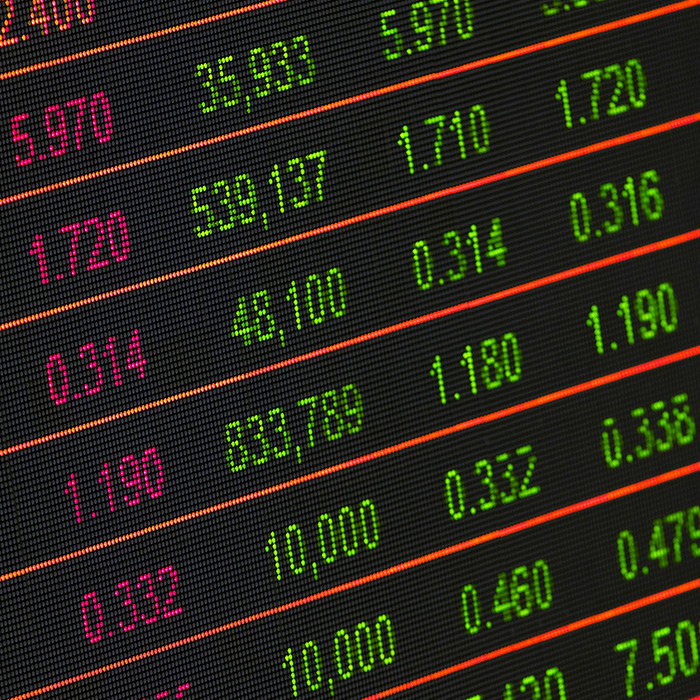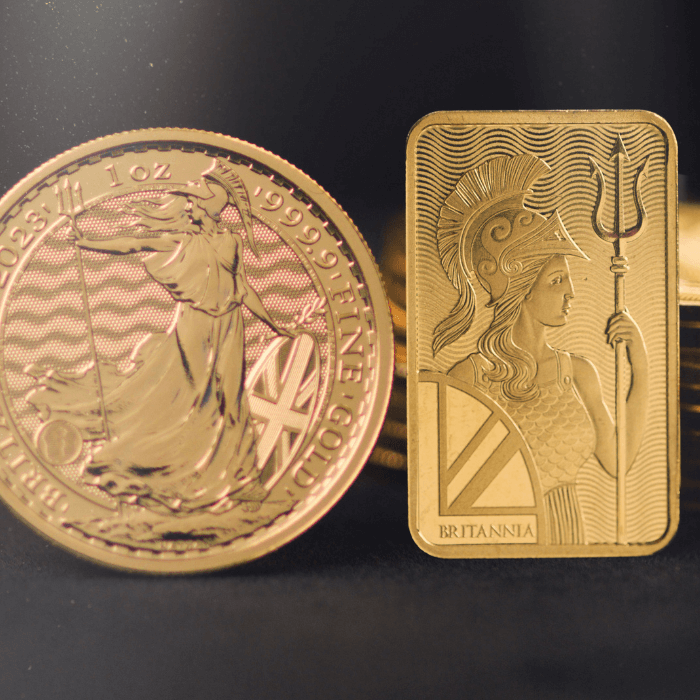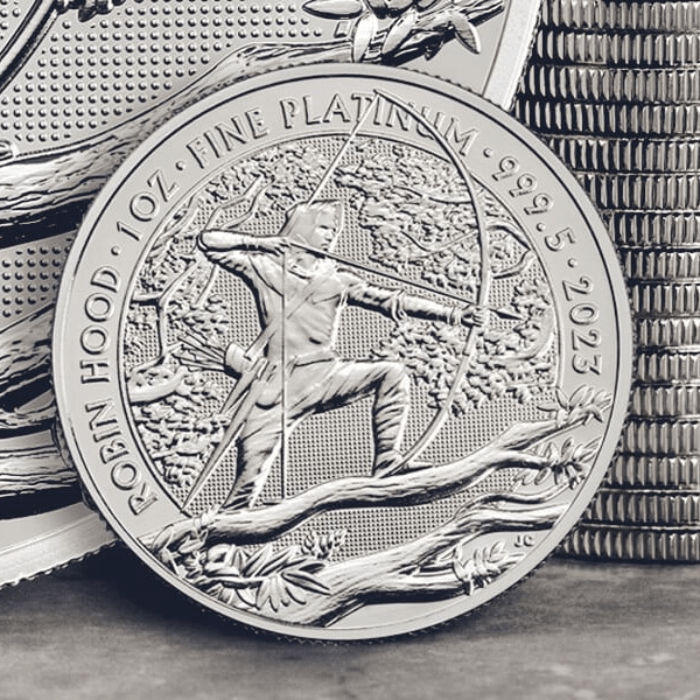Gold and Precious Metals Deliver Strong Growth in a World of the Polycrisis
The Royal Mint
Category: Invest

The inescapable fact of 2023 is that we remain in a world where the risk landscape is fast evolving and becoming more entangled and challenging by the day. The convergence of economic uncertainty, geopolitical tensions, and heightened environmental risks is changing global society and creating a new set of challenges for global businesses and financial markets. This unpredictability has led to many referring to this as the era of the polycrisis.
As we move into the final days of this year, precious metals investors and market participants will be reflecting on a pivotal year that saw the asset class reach new highs and gain greater attention. For investors, 2023 was scripted by a number of questions, but one stood out: how do you protect your portfolio in an increasingly volatile world?
This question has been especially difficult to answer, with equity markets such as the FTSE100 delivering poor returns this year. Yet, with volatility comes opportunity as precious metals like gold, which have traditionally been viewed as a ‘safe haven’ asset, are showing their value to a large number of investors. In recent times, we have seen this at play with a number of pivotal moments and trends establishing precious metals as a go-to investment choice for many of those looking to reposition their portfolio and navigate this unstable period.
The Reverberations of Macroeconomic Pressure
The past 24 months have witnessed significant geopolitical fracturing and macroeconomic problems that continue to hamper global growth, economic activity, and public markets. Twelve months ago, recession was the key prediction for developed markets in 2023 as central banks continued their rate hiking cycle at an accelerated pace. Central bank rhetoric from Jerome Powell at the Federal Reserve in the second half of this year has further signalled an era of ‘higher for longer’ globally.
Precious metals markets are not immune to this and have been significantly impacted by rising rates in a number of ways. The demise of Silicon Valley Bank in March, following the mismanagement of interest rate risk at the bank, and subsequent collapses of Credit Suisse and Signature Bank, have shown the knock-on impact of rising rates. In the aftermath of the Silicon Valley Bank collapse, gold prices surged to US$2,000 with The Royal Mint experiencing a 230% week-on-week surge in the sales of gold investments as many investors looked to safety.
The present disadvantages in the global economy have further pushed more investors into precious metals investing. In October, the International Monetary Fund downgraded its outlook for global growth in 2024 to 2.9%. Key moments like this have shown that we are in a period of low global economic growth and stubborn inflation, ultimately, triggering increased interest in precious metals as equity markets have been negatively impacted by rising rates. In the first half of this year, The Royal Mint saw a 10% uplift in gold investments as investors generally looked to protect themselves from uncertain markets.
Central Bank Gold Buying Keeps Demand Elevated
Elsewhere, central banks are in a difficult spot as they look to shape the global economy, reduce inflation, and protect national economic interests. Global financial markets closely scrutinize central bank buying patterns and their decisions can trigger a cascading effect, impacting the supply-demand balance and pricing dynamics of various precious metals. In the third quarter of this year, central banks collectively bought 337 tonnes of gold, the second highest third quarter on record according to the World Gold Council.
Central banks are increasingly influencing gold prices through a strategic shift known as de-dollarization. Concerns of overexposure to the US dollar have prompted Central Banks to bolster their gold reserves, particularly among BRICS nations (Brazil, Russia, India, China and South Africa). To tackle the US dollar’s dominance, this group recently raised the idea of creating a rival currency backed by gold. While this shift remains a relatively small trend overall, it is gaining momentum and is expected to exert a significant impact on the gold market in the coming years.
Growing Unpredictability Presents New Lessons
The rise of geopolitical risk across the globe and emergence of conflicts in Europe and the Middle East have further led to increased volatility in financial markets. Gold markets are no stranger to this with the yellow metal’s value hitting an all-time high on the 4th December 2023 as a result of events in the Red Sea increasing the appeal of safe haven assets. However, it was interesting to see gold prices fall back quickly in trading as market participants gained new information about the situation and were able to assess the consequences.
Global conflicts continue to have a large impact on precious metal investment decisions and have been shown to increase the price of assets like gold. That said, these events can lead to significant price swings which increase the volatility of precious metals and create hurdles for those looking to time the market. For many, this period will re-emphasise the need for a long-term investment mindset that rides out market dips and is less sensitive to short-term volatility.
In sum, precious metals markets have changed in a number of ways this year. Increasing unpredictability and emerging risks are pushing more into gold, silver and platinum in order to guard against uncertainty and navigate today’s polycrisis. Markets have been exciting to watch this year but provide a number of lessons for investors.
At The Royal Mint, we have welcomed tens of thousands of new investors in recent years who are starting their investment journey in precious metals. Gold and other precious metals are increasingly becoming a mainstream choice for investors who are looking to diversify their portfolio and hedge against inflation. Find out more about gold investing here: https://www.royalmint.com/invest/get-into-gold/
This blog was first published as an opinion editorial on IFA Magazine.
References:
- Fed Signals Interest Rates Will Stay Higher-for-Longer With Hikes Almost Done - Bloomberg
- Resilient Global Economy Still Limping Along, With Growing Divergences (imf.org)
- Gold Demand Trends Q3 2023 | World Gold Council
Notes:
The contents of this article are accurate at the time of publishing, are for general information purposes only, and do not constitute investment, legal, tax, or any other advice. Before making any investment or financial decision, you may wish to seek advice from your financial, legal, tax and/or accounting advisers.
This article may include references to third-party sources. We do not endorse or guarantee the accuracy of information from external sources, and readers should verify all information independently and use external sources at their own discretion. We are not responsible for any content or consequences arising from such third-party sources.









